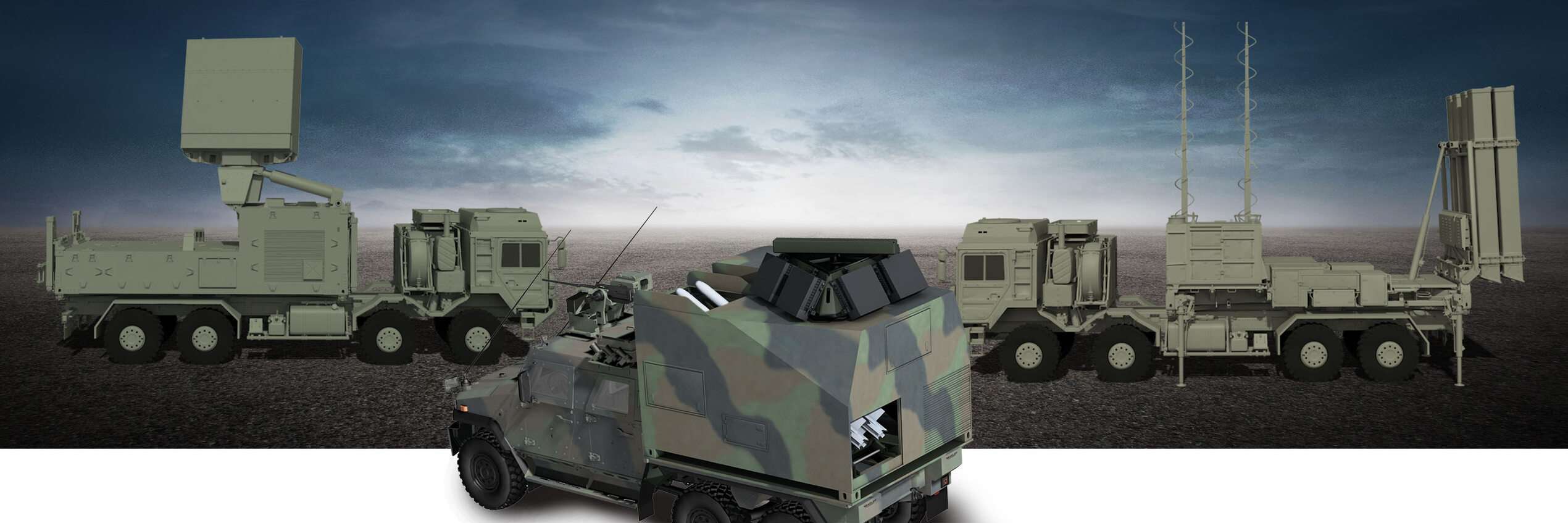
Rheinmetall Electronics GmbH of Bremen, Diehl Defence GmbH & Co. KG of Überlingen and Hensoldt Sensors GmbH of Taufkirchen have signed a joint agreement to cooperate in a special partnership known as an “Arbeitsgemeinschaft”, or ARGE).
Under the framework of ARGE NNbS, the three companies will submit a tender for the future German short-range and very short- range air defence system, the LVS NNbS.
The NNbS project bridges a current capability gap when it comes to protecting ground troops during deployed operations as well as securing tactical operation centres and other assets against short- and very short-range aerial threats.
The three companies aim to provide a national, low-risk solution that will be quickly available thanks to the use of commercially available systems and system components. The conceptual system design of ARGE NNbS relies primarily on proven systems and subsystems, including integration of components already in use by the Bundeswehr.
A further advantage of ARGE NNbS is comprehensive logistical support in Germany for the short-range and very short-range air defence system.
Thanks to the complementary core competences of the three national bidders, the ARGE possesses the prerequisites, qualifications and expertise to meet all of the customer’s needs.
Rheinmetall’s Electronic Solutions and Vehicle Systems divisions bring expert technological knowledge and years of experience in developing and supplying defence systems, especially in the fields of vehicles, communication and integration.
Diehl Defence specializes in the development and manufacture of guided missiles. It has established itself in the international marketplace with modern system solutions for ground-based air defence.
As a supplier of key national technologies, Hensoldt will be contributing its expertise as well as battle-tested products such as radars. The company is noted for its comprehensive product commonalities, including product family concepts, especially in the spheres of airspace surveillance and target classification and identification.






Be the first to comment